|
Picturing Chinatown is a workshop-orientated community project by the Singapore Heritage Society (funded by National Library Board's Singapore Memory Project) designed to tease out some of the issues in Chinatown that are beginning to feel familiar for ordinary Singaporeans. I was one of the participants who exhibited photo essays of Chinatown in a series of total six community workshops completed last week. The project aims at different stories told through camera lens and invite the public to take part in the conversation about our discrepant national memories, divergent social experiences and a sense of dislocation. First and foremost, I would like to thank all other participants’ work for being a part of the “Picturing Chinatown” project. It is only through all of you that we are able to imagine, reflect and realize. I sincerely hope the photo essays would leave you some last (or is never-ending) thoughts on nostalgia. I am always interested in documentary photography, in preserving memories and personal histories. In most of my personal projects I use photography and text to examine places and its relationship to identify, nostalgia and belonging. The personal nature of my work reflects my deep interest in the concept of place and how it impacts and informs human identity. By portraying nostalgia around place, I explored the way I choose to think about my home, my country. I have one goal in mind for the “Picturing Chinatown” project, and that is to capture people’ lives in Chinatown. In telling other people’s life stories I am privileged to share intimate personal life narratives that allow a deeper understanding of human behavior. Chinatown was one of the densest population quarters in old Singapore, a relatively small area, lined with double and triple story 'shophouses' - the open fronted shop below and the residences above. Frequently, independent business would be conducted on the five-foot way at the front of shophouses. Vehicle traffic would compete for road space with rickshaw drivers, cyclists, and pedestrians, hampered not so much by the narrow roadway and also a barber's chair blocking most, as well as covered hawker stalls selling fruit and vegetables. Chinatown throbbed with life from the present. It was once home to the immigrant generation. Making money, earning a living, surviving; these were the creeds of Chinatown. I took a trip down memory lane in tribute to some of these entrepreneurs who lived, worked on, and transformed our urban spaces in Chinatown through their colourful clutter and dedicated workmanship. 1. VEGETABLE SELLER AT SAGO LANE A part of Chinatown called Sago Lane, a one-way road, connects South Bridge Road to Banda Street. It is just before Mr and Mrs Kang’s stall is opened for business as usual. I can see that a way of life is passing. They run a vegetable stall on Sago Lane in the heart of Chinatown for more than 60 years. They get here every morning at nine. It's how they earn a little money of their own. In their old age, I suppose they do not want to be a burden to anyone. There's a stubborn dignity in their job. They don’t owe anyone anything. I find they have a Chinatown spirit of independence and survival. As long as they still have a place to sell their vegetables, they'll be able to get by. All that matters is the price. At a dollar a bundle, it's a bargain, and who's going to bother about how they got the vegetables. Without their vegetable stall, the street would somehow seem unnatural. Chinatown takes it with humanity going about the business of life. Hawkering was a traditional way of making ends meet. You could start a small stall by the roadside, selling something to get by. There is a sense of familiarity and belonging here for Mr and Mrs Kang who are in their 70s. It’s a street that has been turned inside out where all the life runs up onto the sidewalks. There are still many elderly people like Mr and Mrs Kang struggling today to earn a living on the streets because they really don't have any assets to support them. Much of the problem stems from the sad fact that the majority of them have long worked in the past with very limited access to state-backed retirement benefits. Singapore’s need to encourage people to save money for their retirement is now stronger than ever because pretty soon the country will be an ageing society. I realize the importance of saving money for one's retirement because no one is fit for work forever. Without savings, people lack security in their lives. I certainly do not wish to struggle at my old age to make ends meet on my own. A picture of me with Mrs Kang, a vegetable seller at Sago Lane. 2. STREET COBBLER AT PEOPLE’S PARK COMPLEX (COBBLER SQUARE) Above the square that sits between People’s Park Complex and the adjacent hawker centre, you can see mostly elderly cobblers hunched over in their makeshift stores, with only foldable umbrellas sparing them from heat or rain. This group of cobblers has turned the space into an unofficial Cobbler Square. The once ever-present cobblers in Singapore have seen their numbers dwindle over the past few decades, with the majority now tending to cluster in a handful of places such as Chinatown and Tanjong Pagar. I had an opportunity to have interviewed one of the long-time cobblers in Chinatown, Mr Kwek who is in his 60s. Mr Kwek’s stall is a simple but functional setup. I could see around that each cobbler usually works from a cart, where the shoe last, toolkit, and repair materials are placed within an arm’s reach. Stools are provided for customers who prefer to wait for their shoes to be mended on the spot. The entire store can be packed onto a collapsible trolley, for easy transport and mobility at the start and end of each working day. Out of curiosity, I asked Mr Kwek why did he choose this trade? He told me that the main draw of this trade is the freedom it accords him. He used to work 16-hour shifts as a hawker and after 40 years of slicing, steaming and serving fish noodles, it became too much for him. His day as a cobbler typically begins at 10am and ends around 7pm. Will you keep doing this until you retire? I asked. He gave a bark of laughter. He said if he doesn’t work, there’d be no money for him to live on. Selecting pieces of rubber soles from a pile on the table before him, Mr Kwek started to work on the shoes. It was not an easy living, he told me as he opened up a can of glue. He used to be a hawker selling fish noodles since the age of 16 and those days he could earn up to $120 a month. Back then, that was a lot of money. Now, he earns about $100 daily the most, depending on the crowd of customers. On average, it’s just enough to get by. However Mr Kwek told me that he believes one should not be overly obsessed with money and often introduces customers to other cobblers to help them earn more money. Such a simple life Mr Kwek leads and yet how many of us in this busy metropolis can lead such a life? I pondered. It was almost time to close shop. I couldn’t help but turn back to observe him as he packed up his tools for the day. He would be covering everything up with a tarpaulin mat and chaining it as it was too much to carry back and forth everyday. I watched as he carefully folded a sheet of tarpaulin and smoothened the edges, an oasis of calm amidst the hectic surroundings. Then I thought about the cobbler who would be back again at the same spot the next day, sitting on his small stool, feet up on its edge and watching the world go by. I also felt that it is crucial to highlight this vanishing trade in this project, as many of our younger generations are unaware of such informal services. Cobblers became popular in the 1950s - a period when most people switched from wearing clogs to footwear. These cobblers offered shoe-repair services such as replacing worn-out soles or heels. It is often referred to as one of the five-foot-way trades, as cobblers often set up base along shophouse corridors. Street cobblers are now rarely seen in Singapore as we continue to march towards commercialism and modernity. Street cobbling is a fading trade due to the urbanization and availability of modern cobbling services throughout the island. Such modern cobbling has sophisticated equipment and provides more services such as shoe polishing, which street cobblers do not provide. Although the nature of their work is informal and humble, I felt that it is very important for us to remember that these cobblers bear testimony to the entrepreneurial spirit of our city-state and are part of a rich cultural heritage to the early years of Singapore. A streetside cobbler has to be a jack-of-all-trades to survive. I give high respect to these street cobblers, as they are self-employed, they earn their money under any weather condition, rain or shine and they really deserve fair praise for their underrated craft. 3. KNIVES AND SCISSCOR SHARPENER AT PEOPLE’S PARK COMPLEX In the early days of Singapore, knife and scissors sharpening was a prevalent job. Knife sharpening as an art form, is a form of professional service provision. Have you heard of them before in Singapore? Do you know of their presence here in Singapore? Most of the knife sharpeners were itinerant and travelled from one housing estate to another with their tools. It was expensive to buy a new pair of scissors or a knife during those days and it was also somehow a belief that scissors become more seasoned and worked better when sharpened. People therefore preferred having their knives and scissors sharpened by knife sharpeners rather than buying new ones. At People’s Park Complex, tucked away at a corner on the second floor, there was a unit where the shop owner known as Mdm Lee, is a very kind, humble and friendly person. I found out that Mdm Lee’s family ties are in Chinatown - her parents’ knife and scissor sharpening shop and they also used to stay in Sago Lane. She was so willing to share with me her stories, how she got started in knife sharpening, her experiences and memories over her knife sharpening business. Mdm Lee’s family moved to Queenstown from Sago Lane in the 1960s but Mdm Lee’s father continued to operate his knife and sharpening business in Chinatown. Mdm Lee officially took over in 1970 and has been in this traditional hands-on profession for more than 40 years. She owes it all to her father's efforts and hard work. There were a few things that I was able to strike a chord deeply with Mdm Lee's knife sharpening, that is the art and skill of knife sharpening – a dying trade in Singapore. When I saw how Mdm Lee sharpen the knives on the sharpening and honing stone slab, splashing water on the stone slab and knife while sharpening, I watched it all these done amazingly. According to Mdm Lee, in the past, knife sharpeners including her father carried with them a pail of water, a grindstone and sheets of sandpaper either by trolley or by hand. They would set up shop in front or back of their own house or along the footpath. The knife sharpener would file the knife's sharp end on a whetstone or grindstone to sharpen it. He would use water in between to clean away the accumulated mass or to cool the knife that became hot due to friction. It will take about half an hour to grind a knife or a pair of scissors. Mdm Lee did not consider retiring at all as she has great passion and interest in this line of work. With that, she would like to work as long as she can. With no one taking over her business, the future of her career is unknown. She has been a sharpener throughout her life, being able to meet and interact with different customers everyday and providing them with her services. That's the greatest satisfaction of her life. Sadly, she laments, it’s been a very long time since that voice of enthusiasm has been heard among the local young people. I can resonate with her that the better-educated younger generation fails to see the importance of upkeeping traditional trades. The pen, the computer, the contemporary world of commerce holds far more allure than harsh and challenging environment. It made me realized that an activity like this is actually dying out soon and being replaced by modernization. It’s a dying trade that our next generation would probably not get to see. The business of sharpening knives and scissors simply became redundant over time in modern advanced technology times. People nowadays prefer buying a new pair of scissors or a knife to save themselves the hassle of going to an itinerant knife sharpener. With busier schedules, people also had no time to carry their knives and scissors to the knife sharpener. Lifestyle changes induced people into buying classier knives than retaining old ones. Knife sharpeners are therefore rarely to be found in Singapore today. I hope that through this project, we can all help to spread the awareness of the dying trade of knife sharpening art and profession in Singapore and this traditional knife sharpening trade and business can be continued. A picture of me with Mdm Lee, a knife and scissor sharpener at People's Park Complex. 4. BACK-ALLEY BARBER AT AMOY STREET Street barbers were named as such because they operated along the "five-foot-ways" of shop houses or from makeshift tarpaulin tents by the roads in Chinatown. These makeshift stalls comprised a bare minimum of a few chairs, a wall mirror, a cupboard and a few plastic bins with water. Under a tiny blue tent along a back-alley street, a barber who has beautified his loyal customers for ages carries on snipping away. Yet, time seeks to cut off its relationship with him as. I had a great opportunity in my life to watch how his dedication has kept the craft alive and how his humble establishment can still remain grounded, undeterred by change. Somehow I find the juxtaposition of 74-year old Mr Lee’s street barber trade with its shabbily constructed shelter in the foreground to the financial buildings in the background is a big reminder of how far the country has progressed with the sacrifices and hard work put in to get there. A friendly chat with Mr Lee revealed that he has been a barber for 50 years! Not wanting to give up his long-time trade though, he sold two of his three barber chairs and kept the last one to set up a makeshift stall at a nearby back alley at Amoy Street. His special barber’s chair is embedded in the pavement, in precisely the same spot where it has been located for 50 years. Mr Lee is still enjoying brisk business, mainly due to the loyal following of elderly men or migrant workers seeking cheap, hassle-free trims. Investing little and earning decently seems to be ‘mantra' of street barbers. Street barbers catering for customers and reminding people of the yore days when air-conditioned hair cutting saloons or men's parlors were unheard of. When first started learning barbering services as a young teen, Mr Lee was taught to be kind, to develop a relationship with the customers, listen to what they want and count on his skills for the rest. He was taught that if he followed that simple mantra, he would have the customers he needed to support him. Mr Lee personally do not think that he has to be an excellent barber to have good business. If the customers like him as a person, even if you could be operating in an alley without a proper shop front, people would still come in if they like him. While I was listening to Mr Lee, my thoughts were steeped in full respect and nostalgia. Sometimes, waxing nostalgic about valued past experiences makes us feel as if our lives are full of purpose and meaning. Running a business on the streets was a way of life in early Singapore. Equipped with little more than a few pairs of scissors and razors, street barbers did brisk business providing quick, fuss-free trims. They were exactly like the barbers of yester year. These days, however, they are a dying breed, soon to be relegated to the dusty pages of history. I find it is important nowadays to make the appreciation of heritage relevant to youth through real-life examples. I have always wanted to show that such trade has been around for decades and hopefully strike a chord with our younger generation. When Singapore underwent a massive industrialization, old buildings were torn down to give way to high-rise modern buildings. With better technology and higher standard of living, the simple and traditional roadside barbers are in no time replaced by modern and sophisticated salons. Such images of roadside barbers dotting the back alleys are gradually becoming a rarity. Despite this, there are still a few who are still struggling to keep this trade and forgotten part of Singapore alive. As shown in the photo, everything becomes part of a memory once Mr Lee retires. His hair cutting work at the back-alley will soon become a thing of the past. I hope Mr Lee would continue this dying trade as long as he can. I hope this trade will not be forgotten like many other vanishing trades and become a thing of the past where children of the next generation will only read about in textbooks. CONCLUSION
It was great reminiscing about past times together. Whilst still very much Chinatown has changed a lot over the decades and I’m not sure I’m entirely comfortable with it…it was mine and not mine. Wherever I go around Chinatown, I saw glimpses events from years ago – playing out in front of me in an endless loop. It’s only when you go to a place you thought you know very well and see how it’s changed that you have a real sense of the passing of time. As I languish in the past, trying to pull apart my imagination from the bits and pieces of our actual reality, I am left thinking only of the present. Time has been manipulated so that the present will never again feel as authentic as the past. It no longer belongs to us; we are all in a constant state of playing catch up as time moves forward at lightening speed. In turn, we crave the authentic, superimposing the familiar filter of nostalgia to cope with our ever-changing environment. When the object is gone, one forgets and then you retrieve, but only through the bittersweet lens of nostalgia.
2 Comments
Robert Lee Kim San
4/4/2015 12:47:35 pm
Beautiful and great photos, Jennifer
Reply
Dear Jennifer, I stumbled upon this page while looking at images of Chinatown. I really like the work you have done here. There are so many trades that are being forgotten (backlane barbers, cobblers etc) amidst the commercialisation for tourism. These images really reminded me of how multi-faceted a district can be and the layers of place-memory. I hope you will keep up the excellent work with more posts like these.
Reply
Leave a Reply. |
Author
|

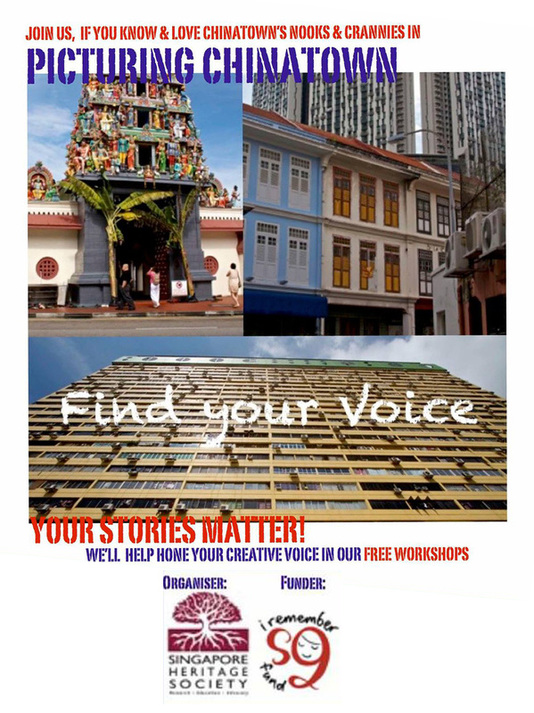
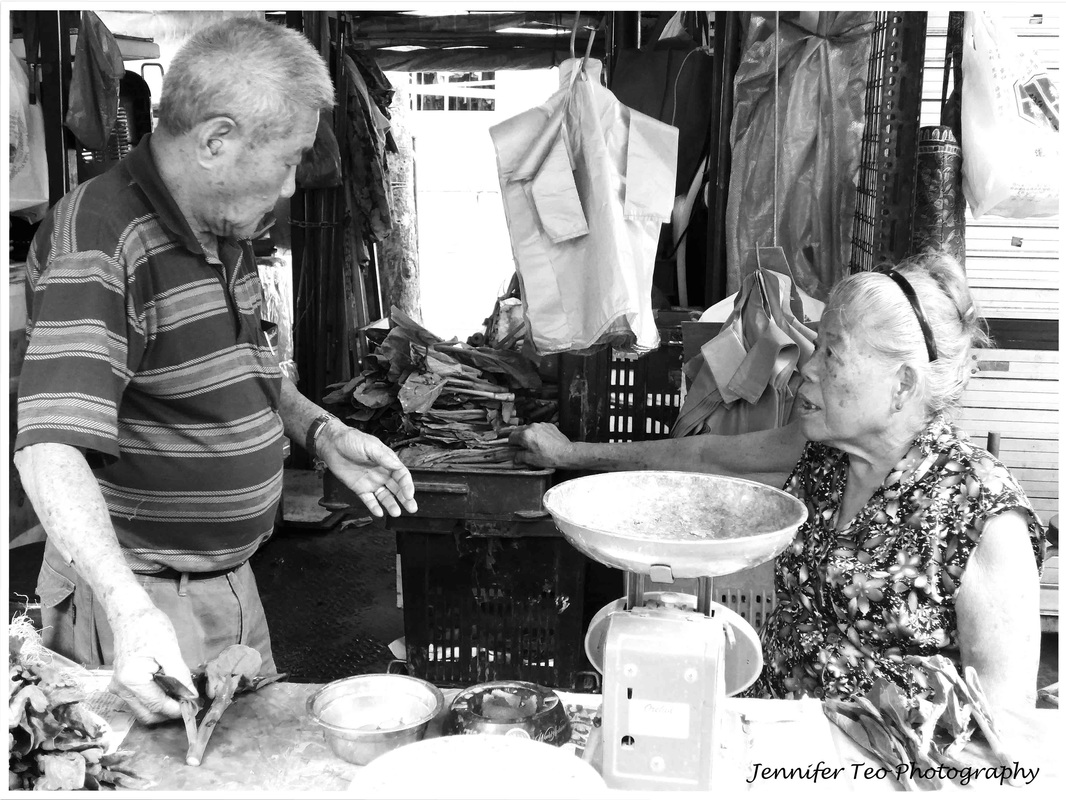
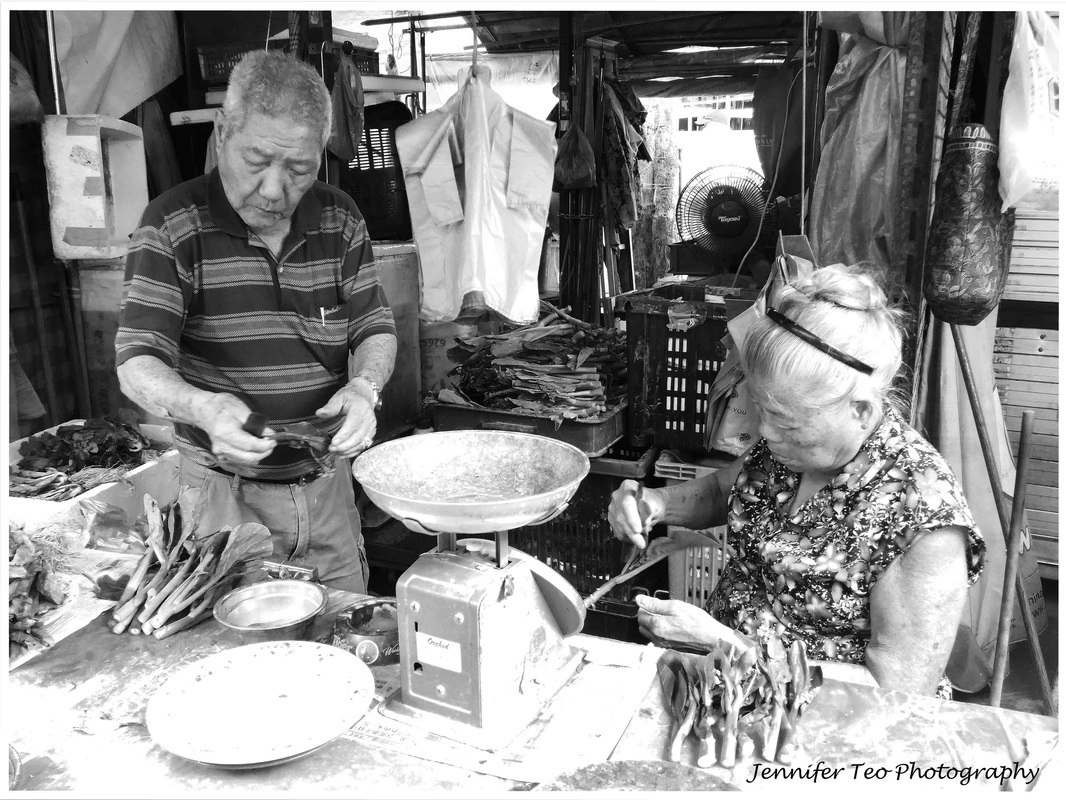
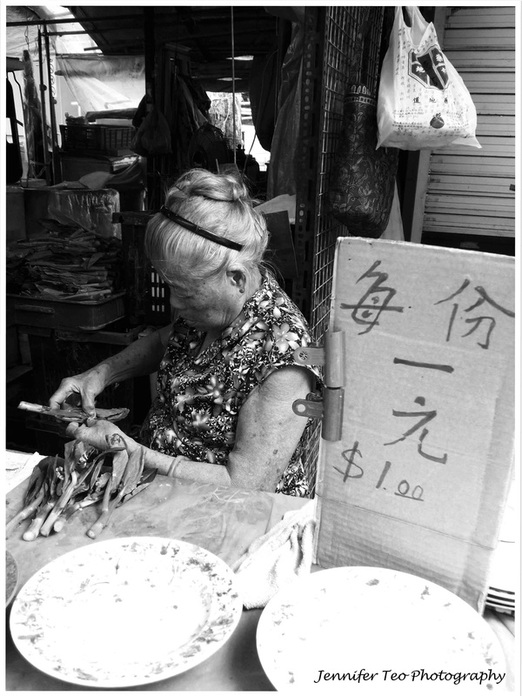
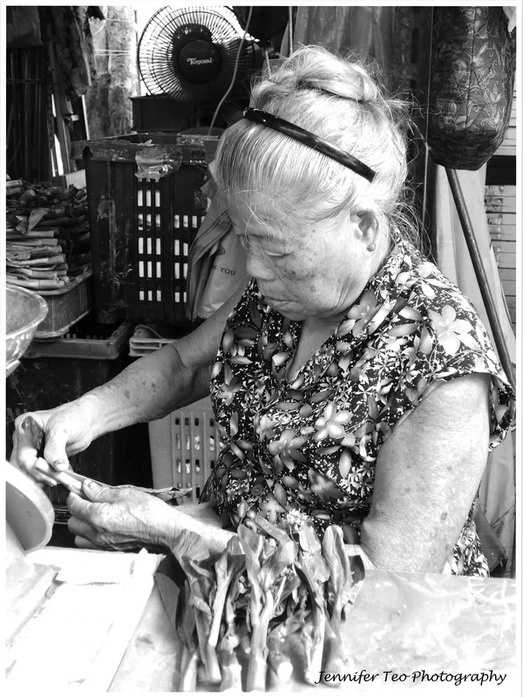
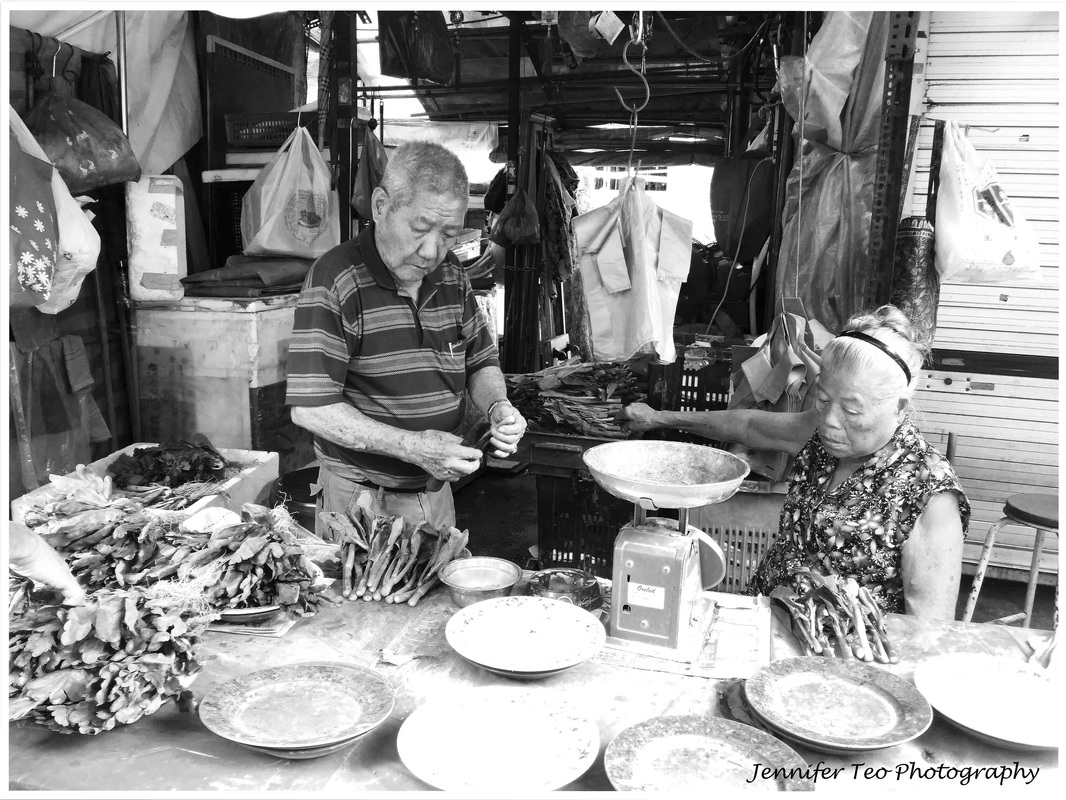
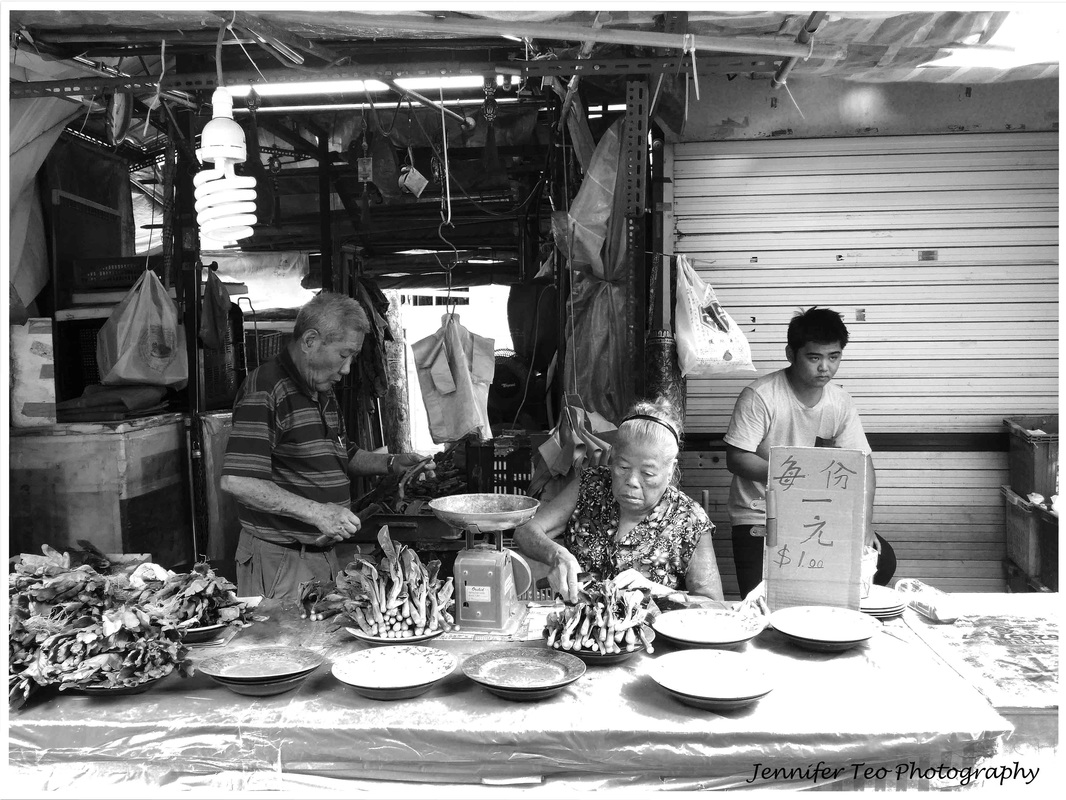
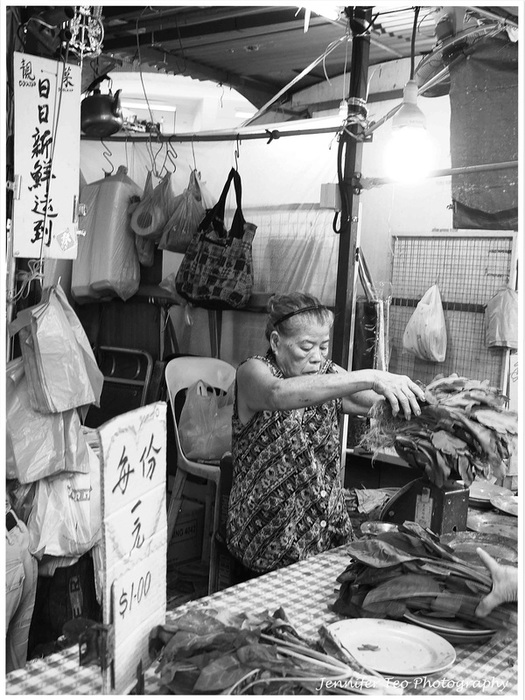
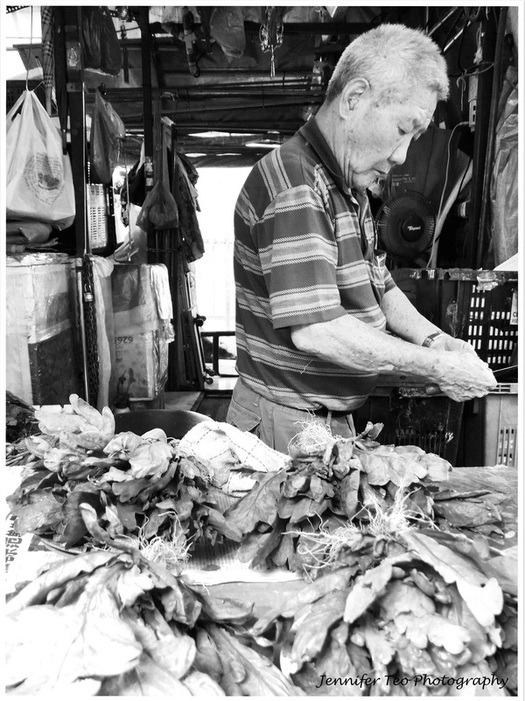
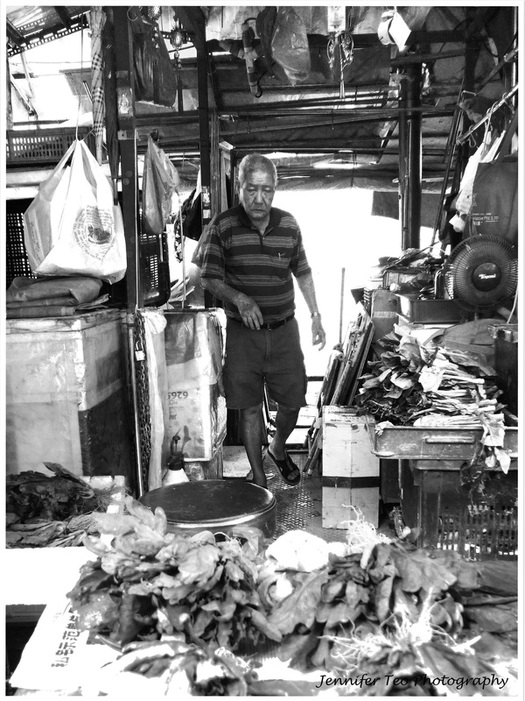
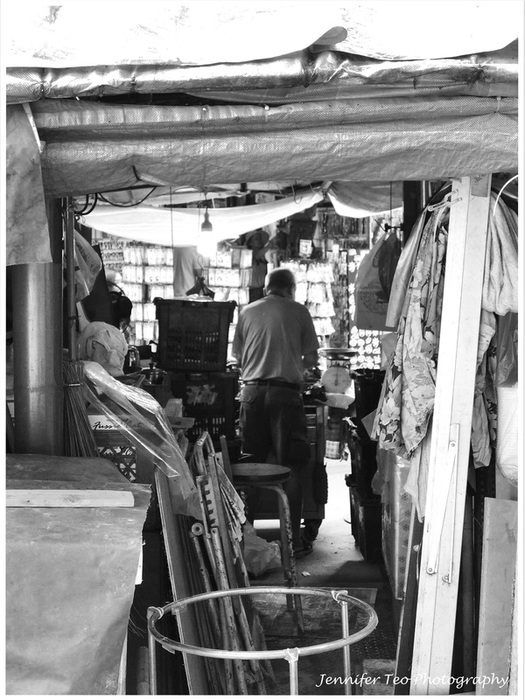
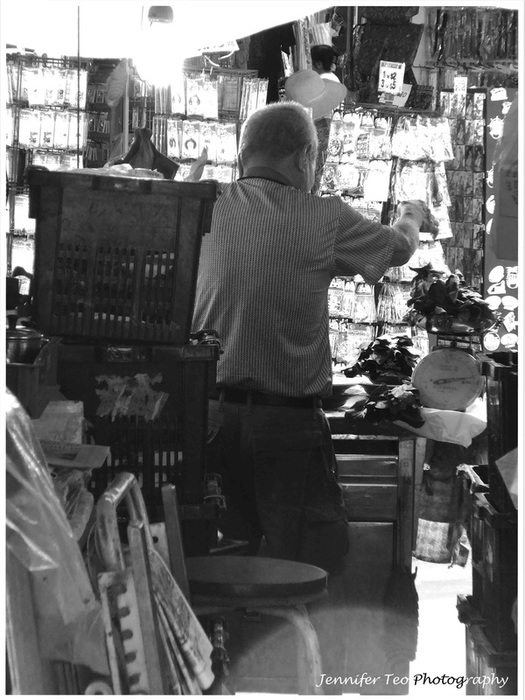
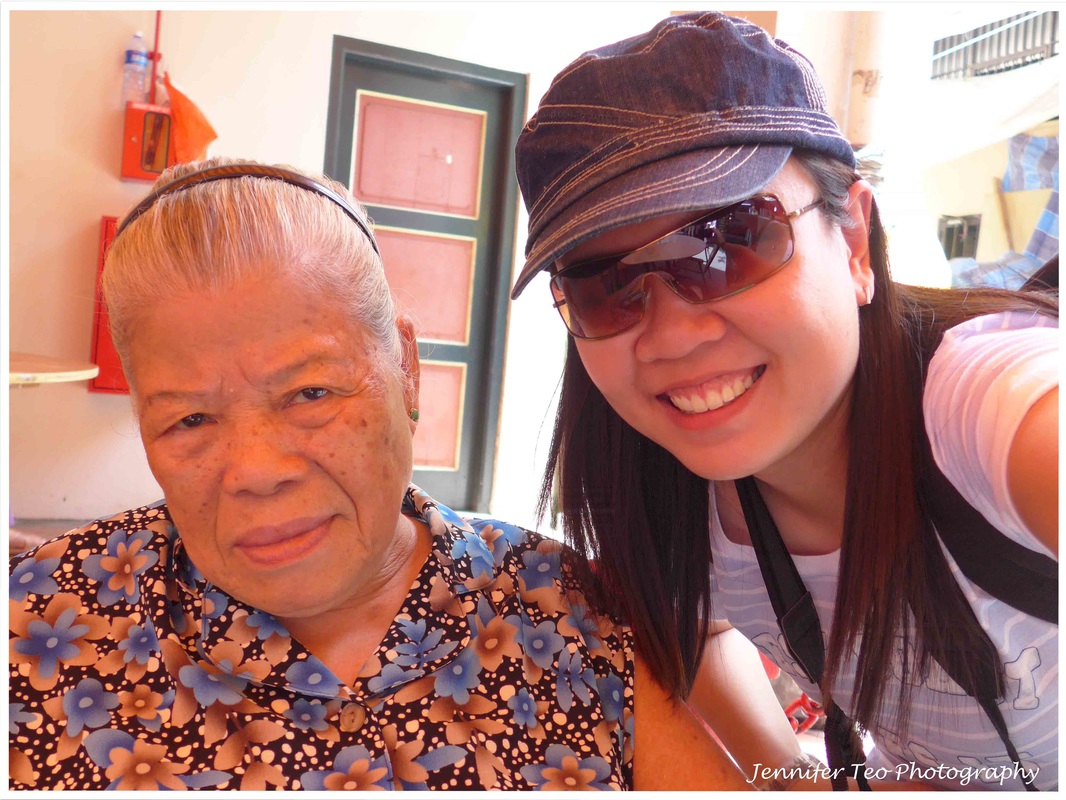
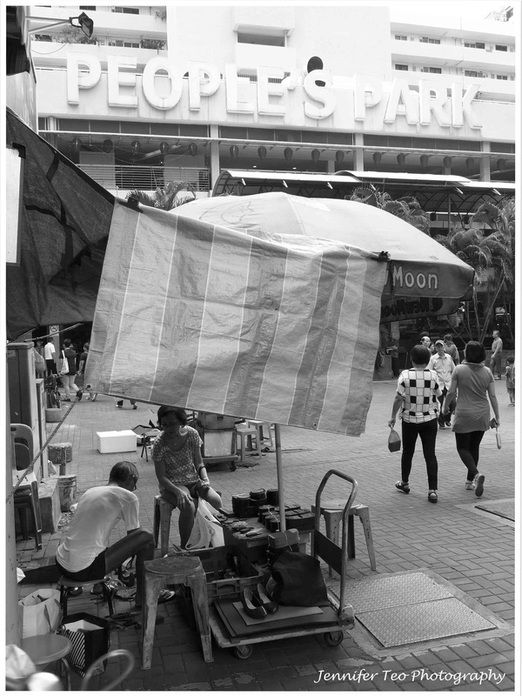
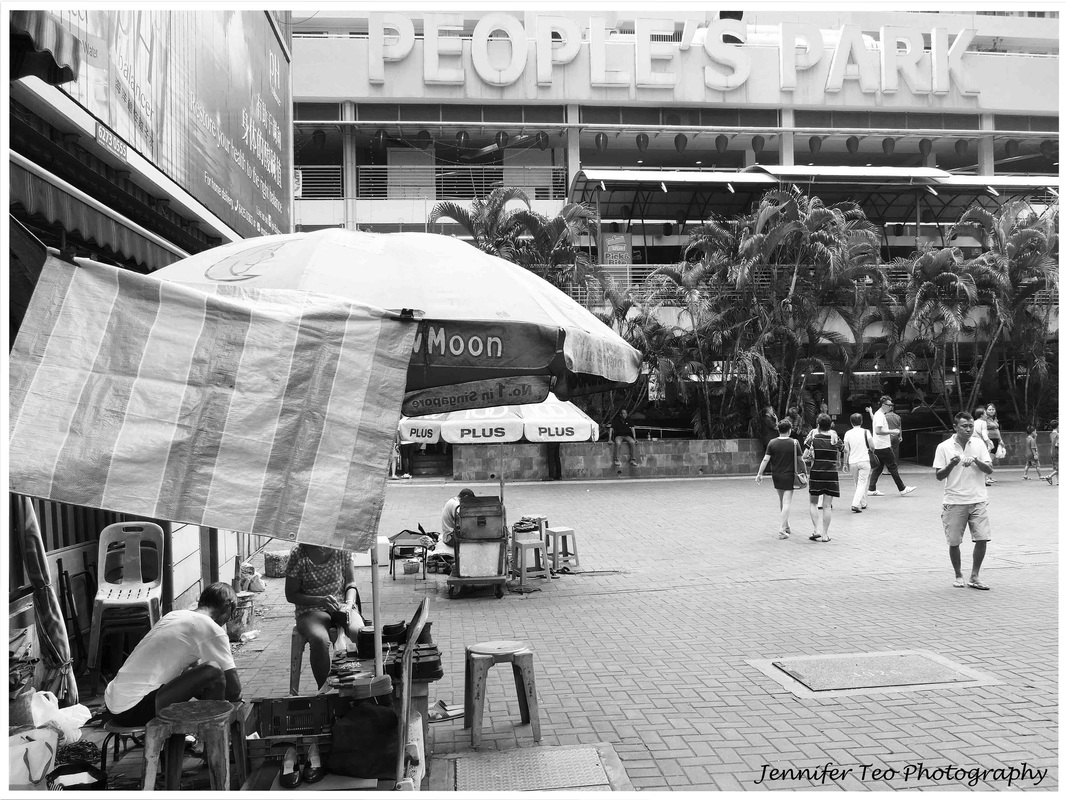
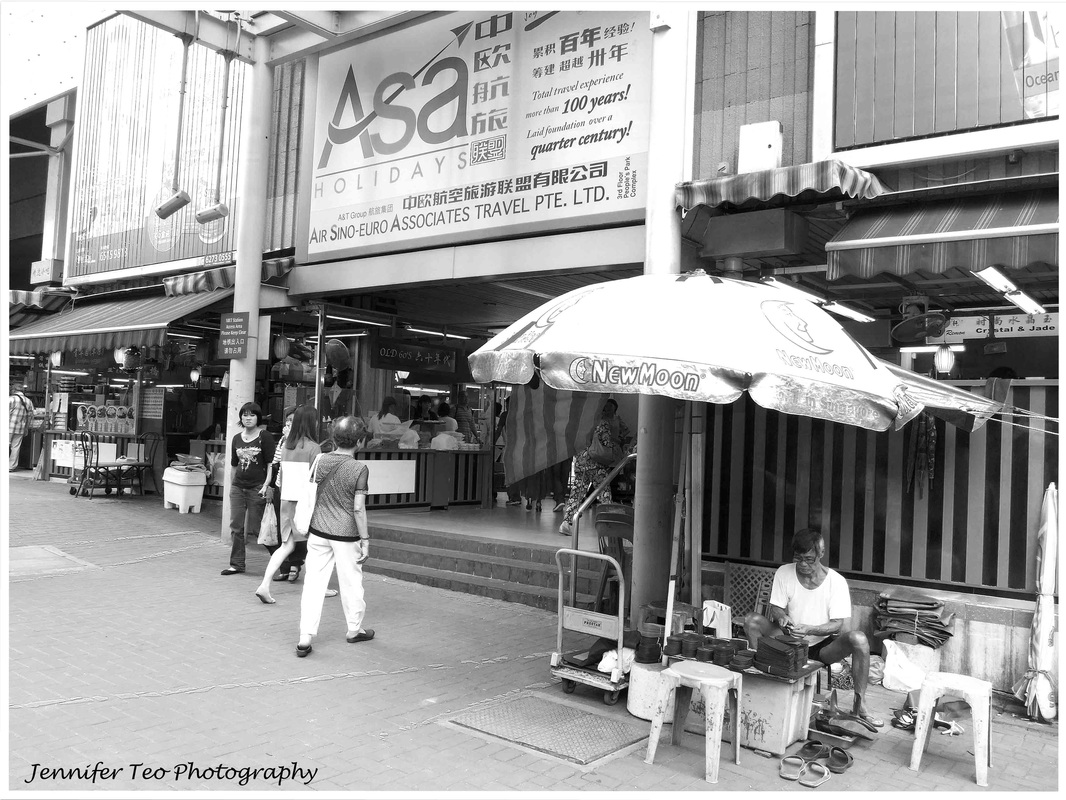
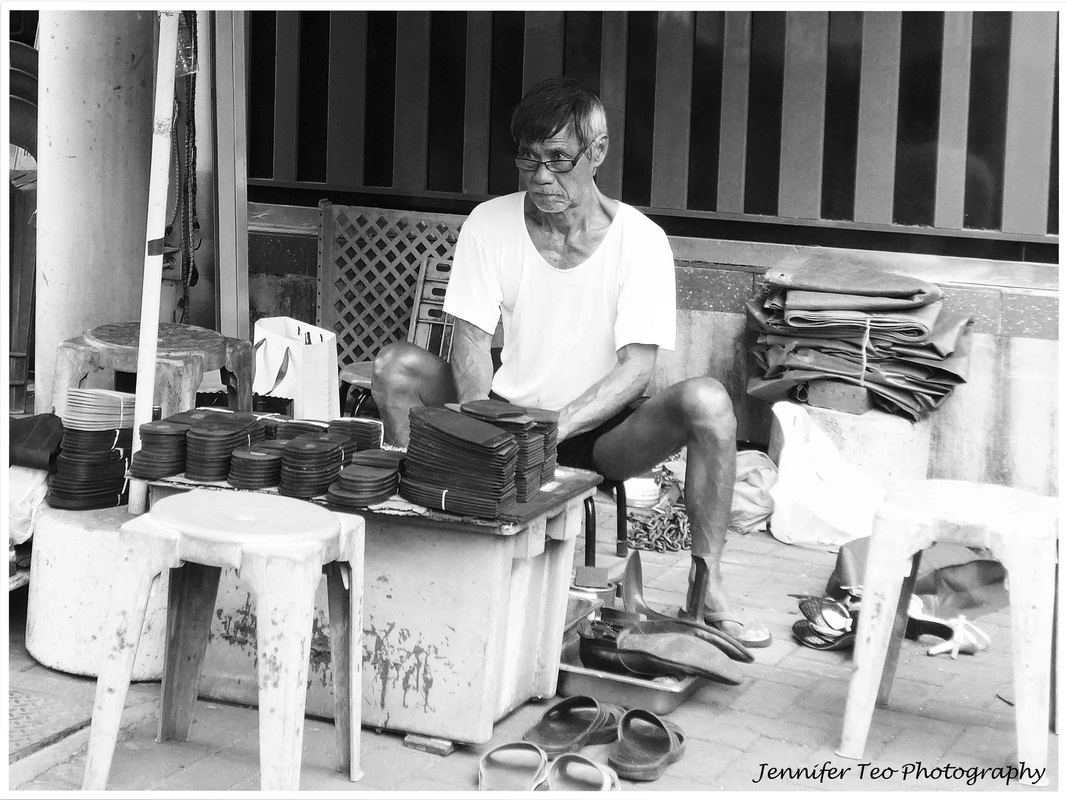
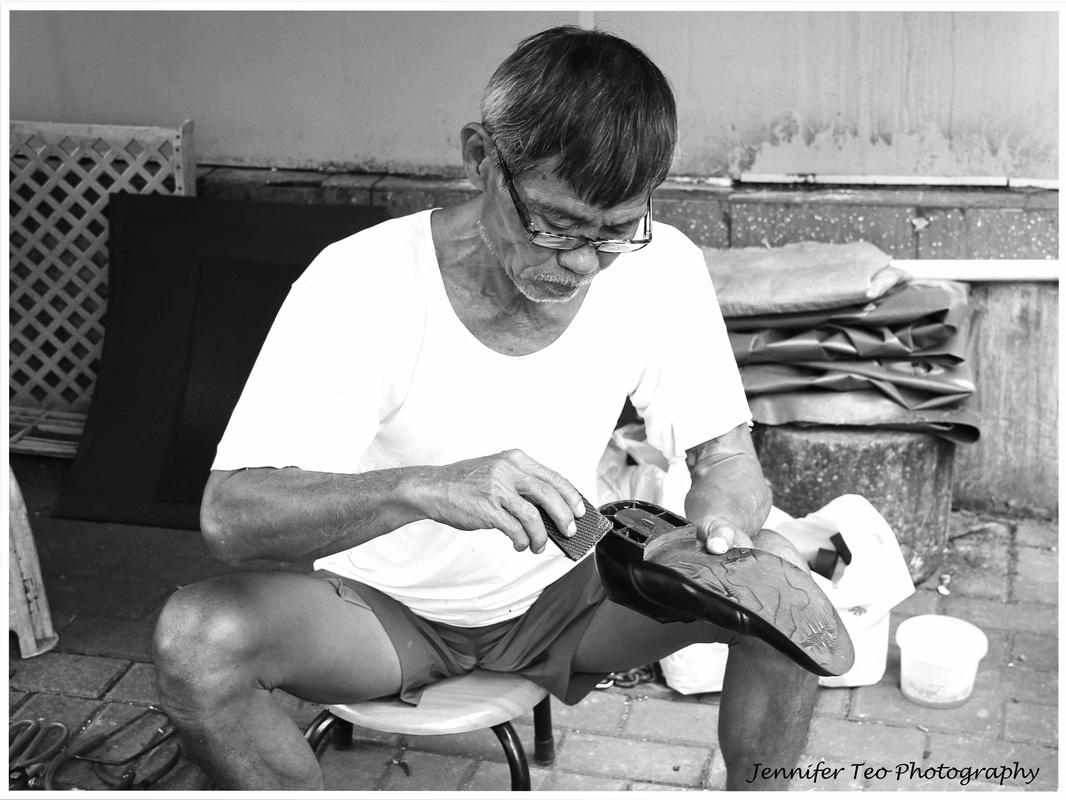
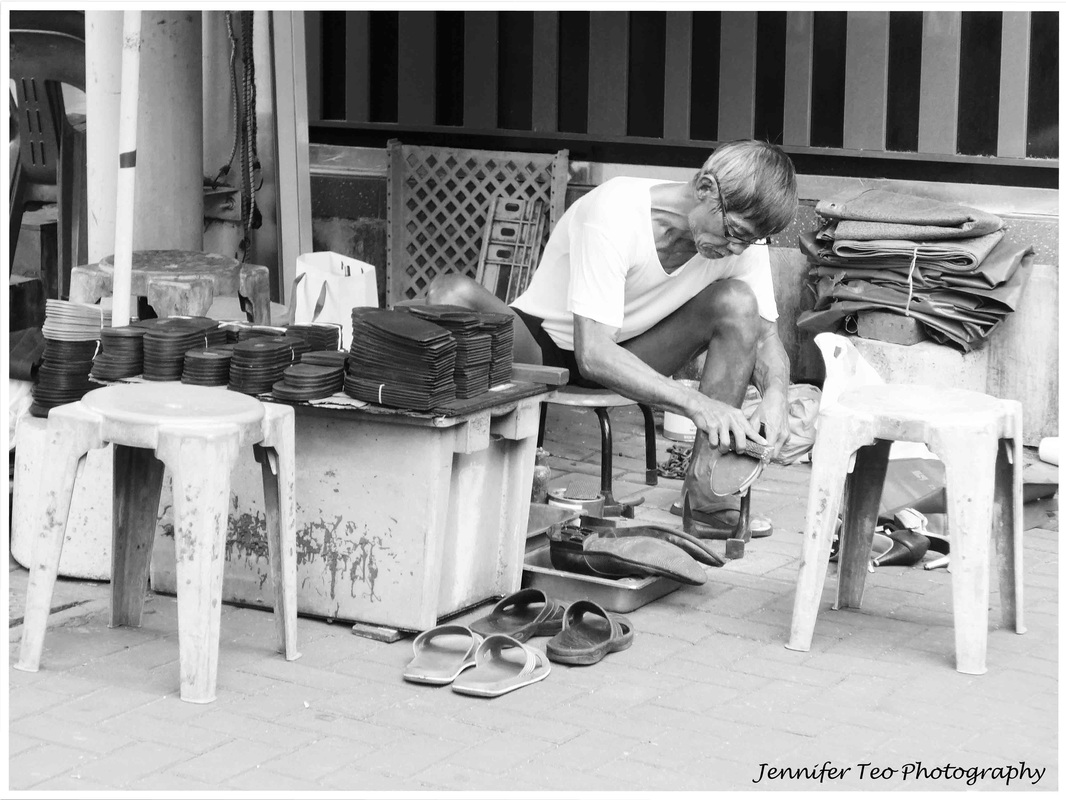
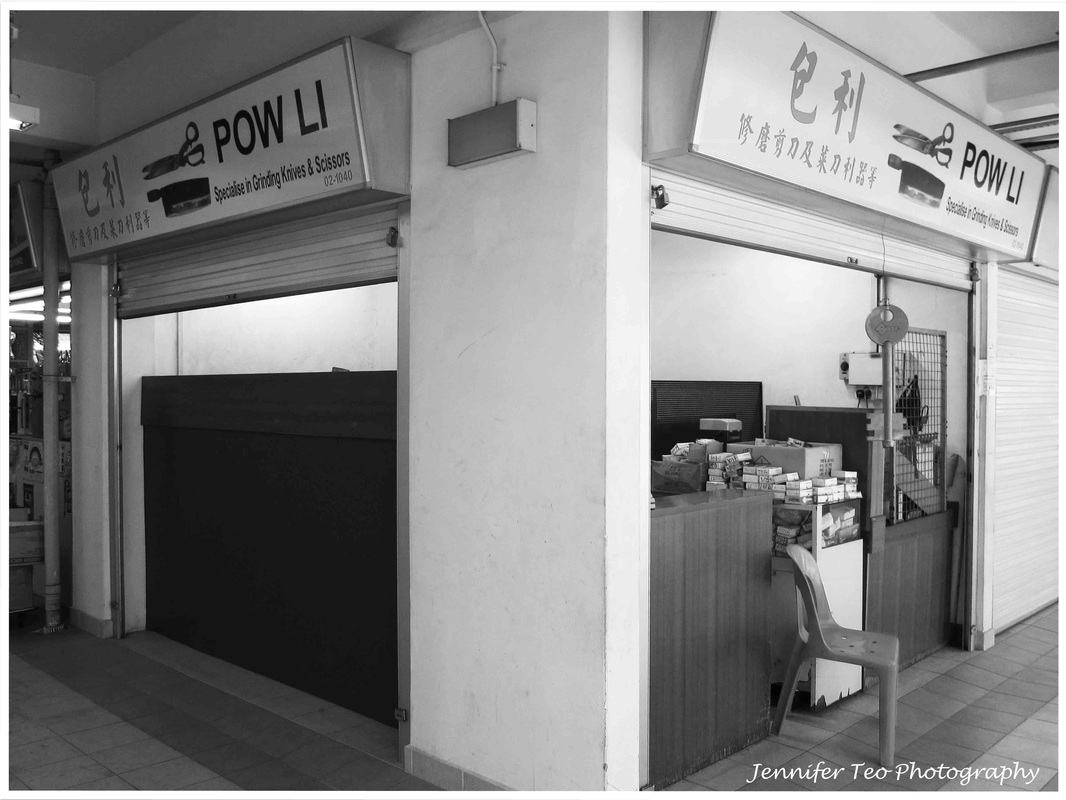
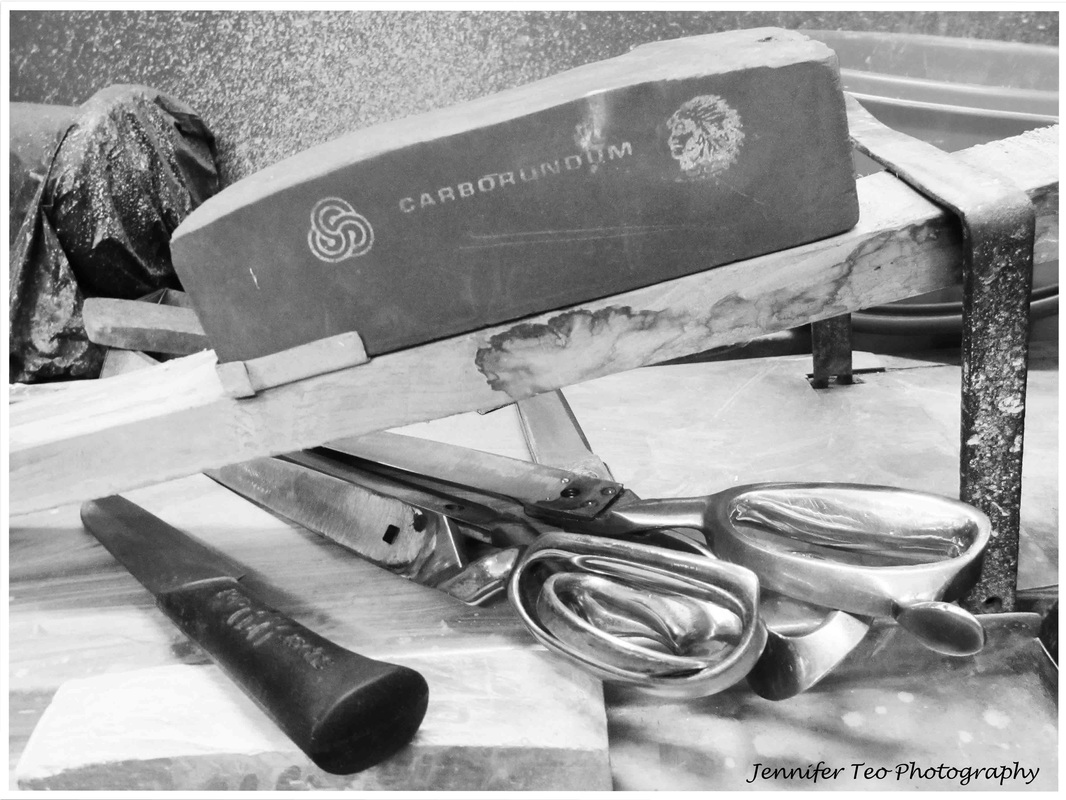
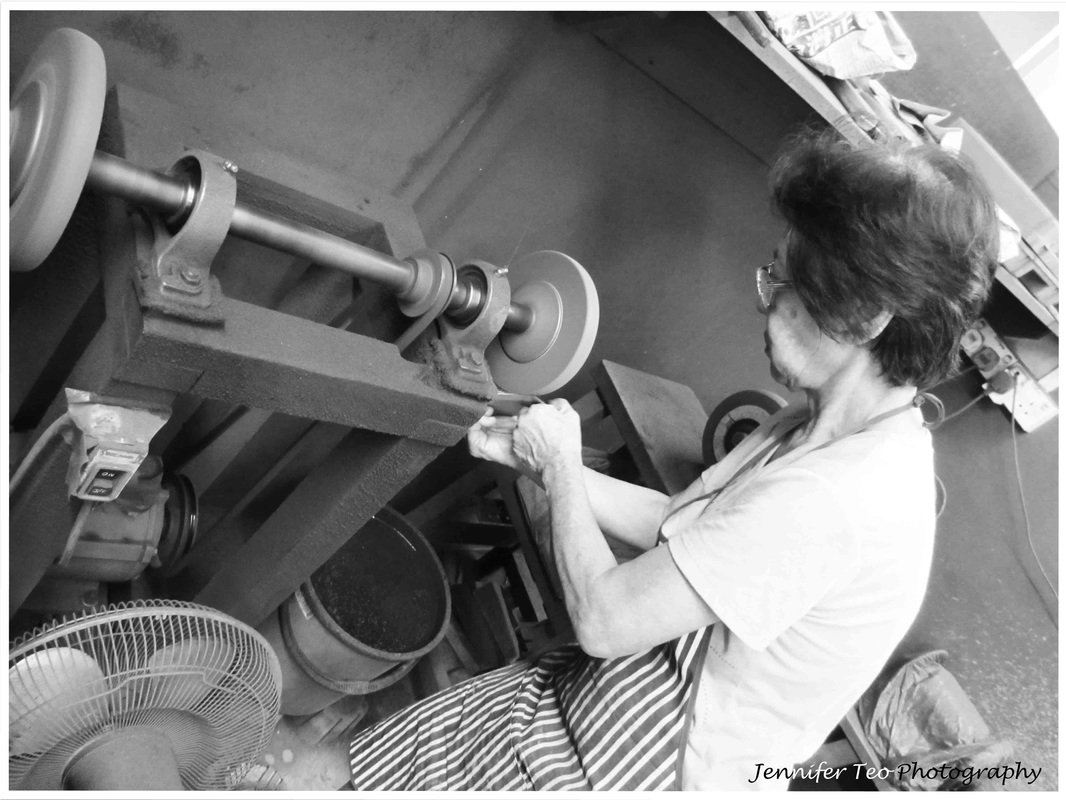
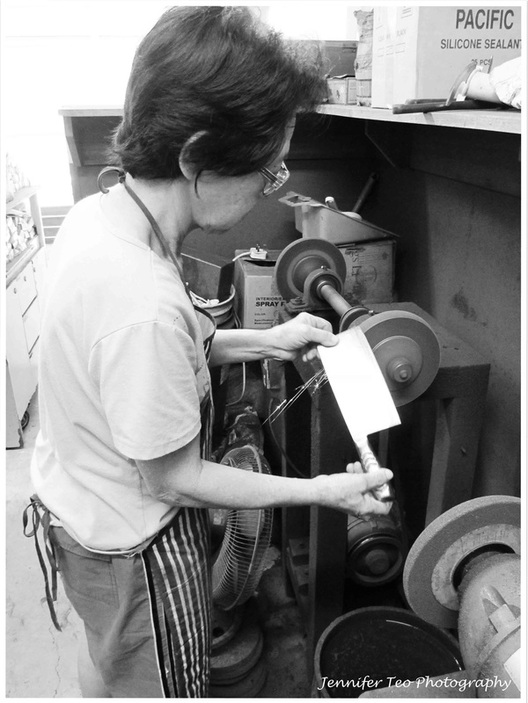
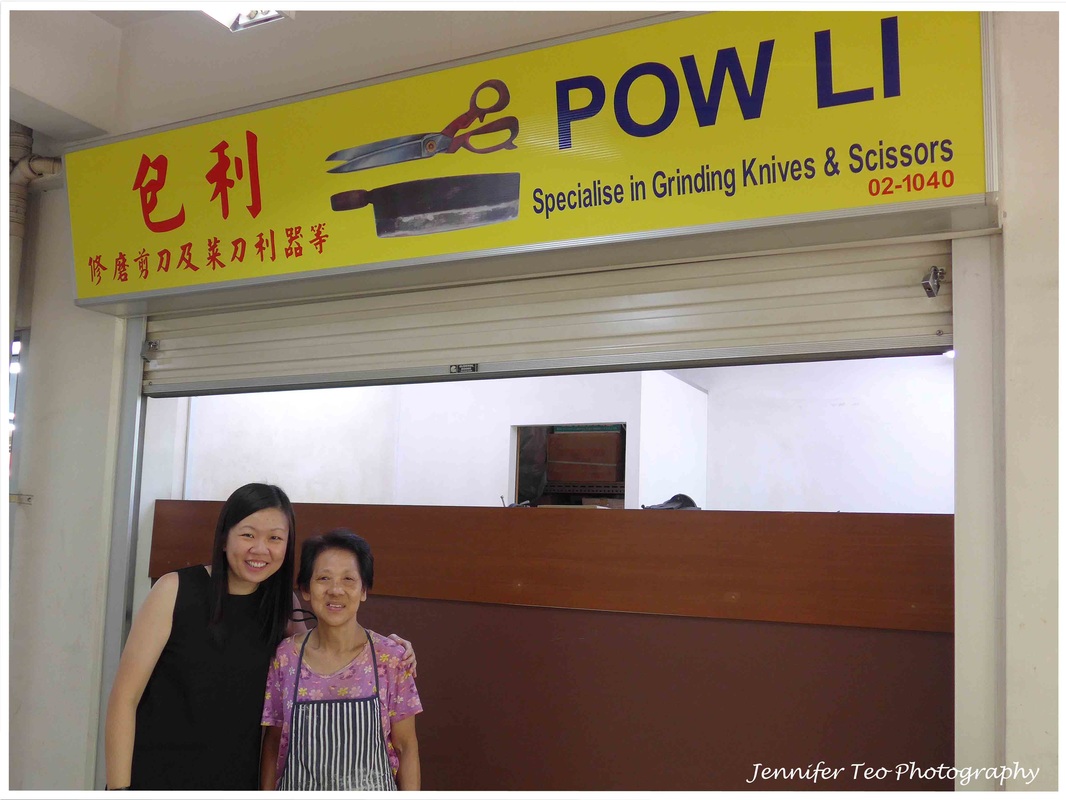
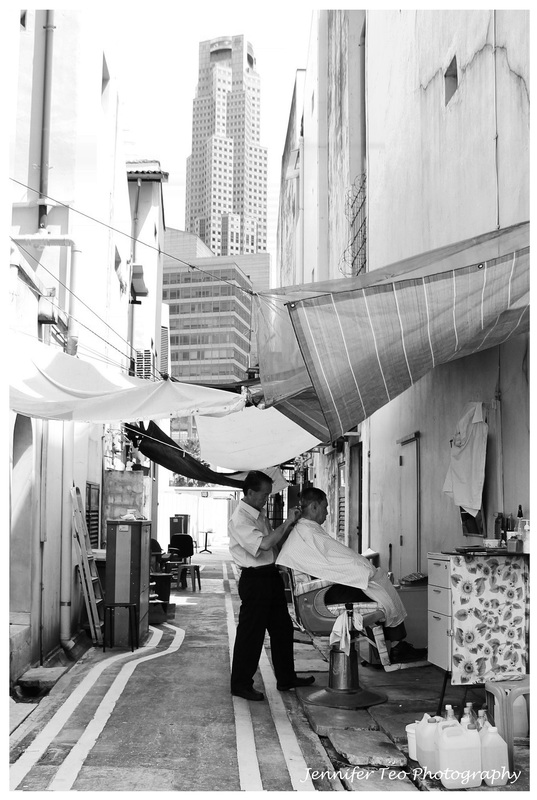
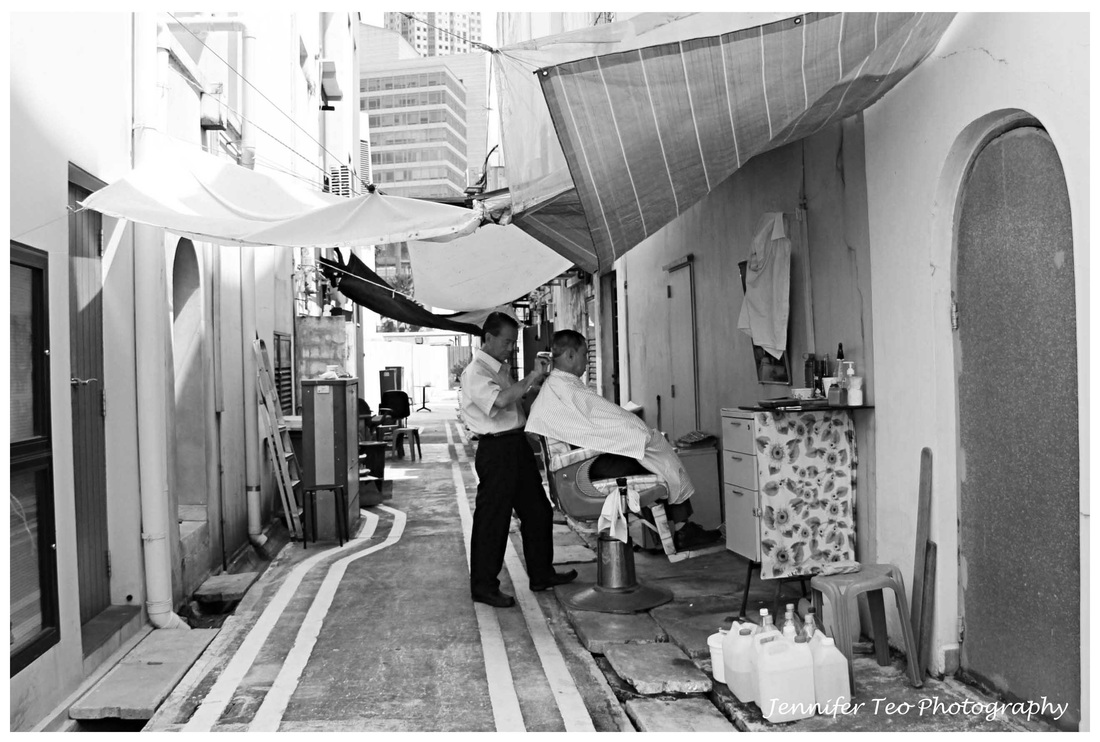
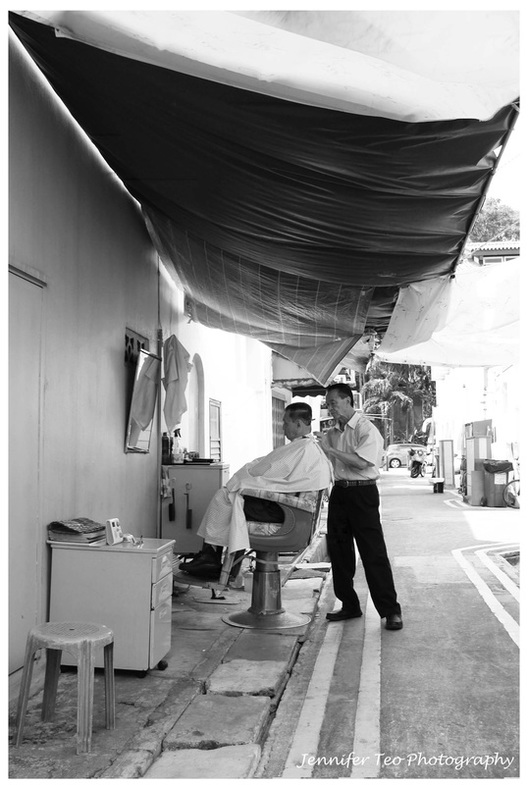
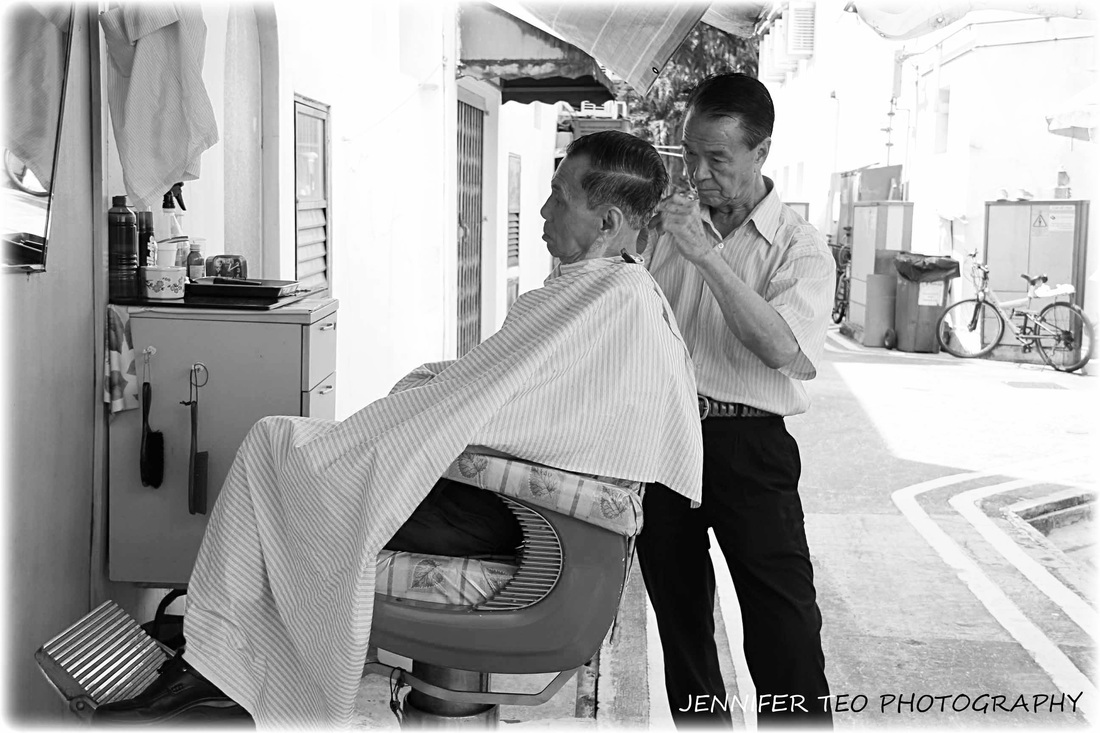
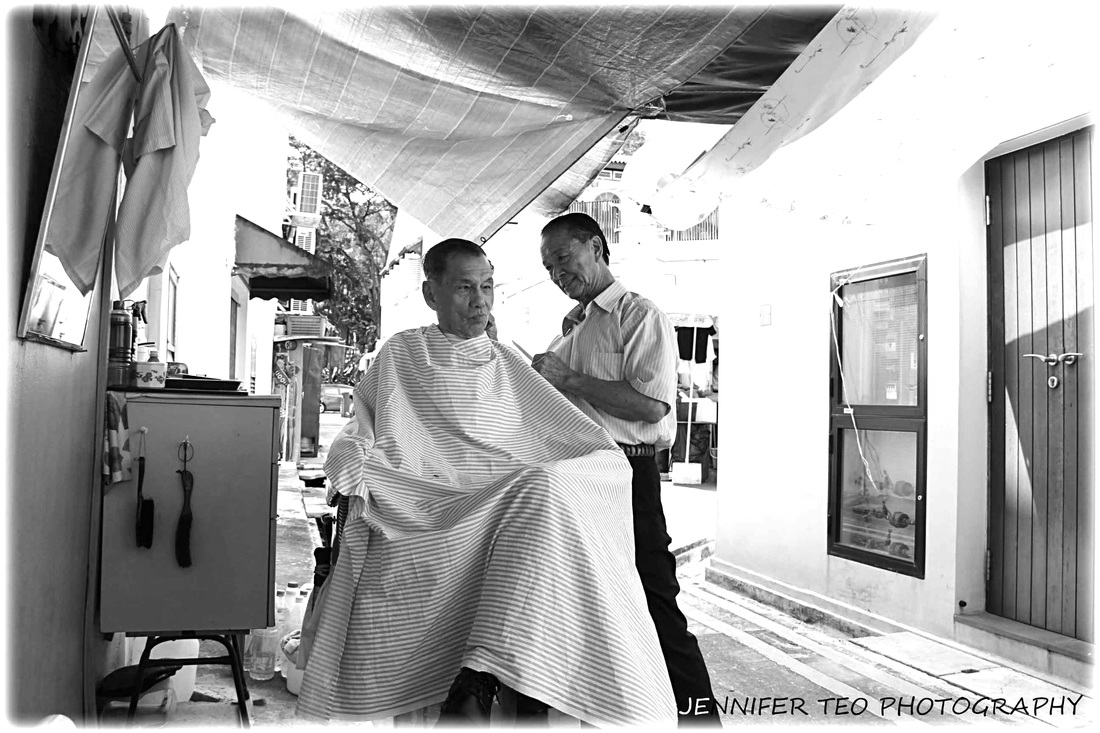
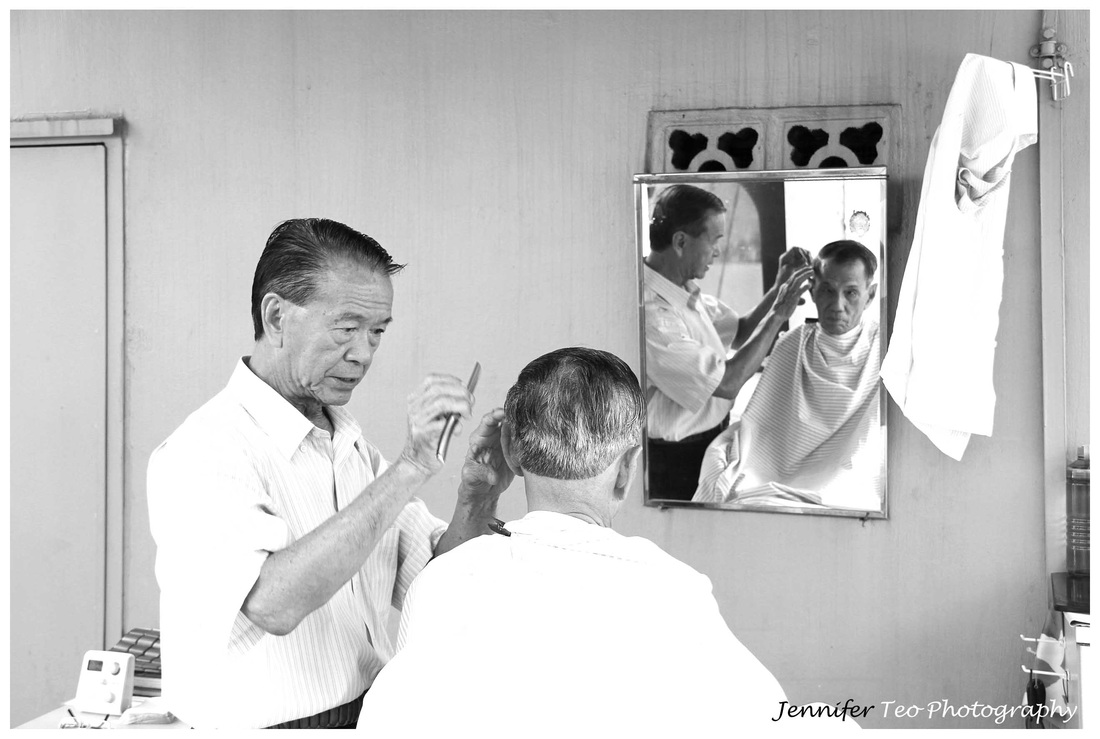
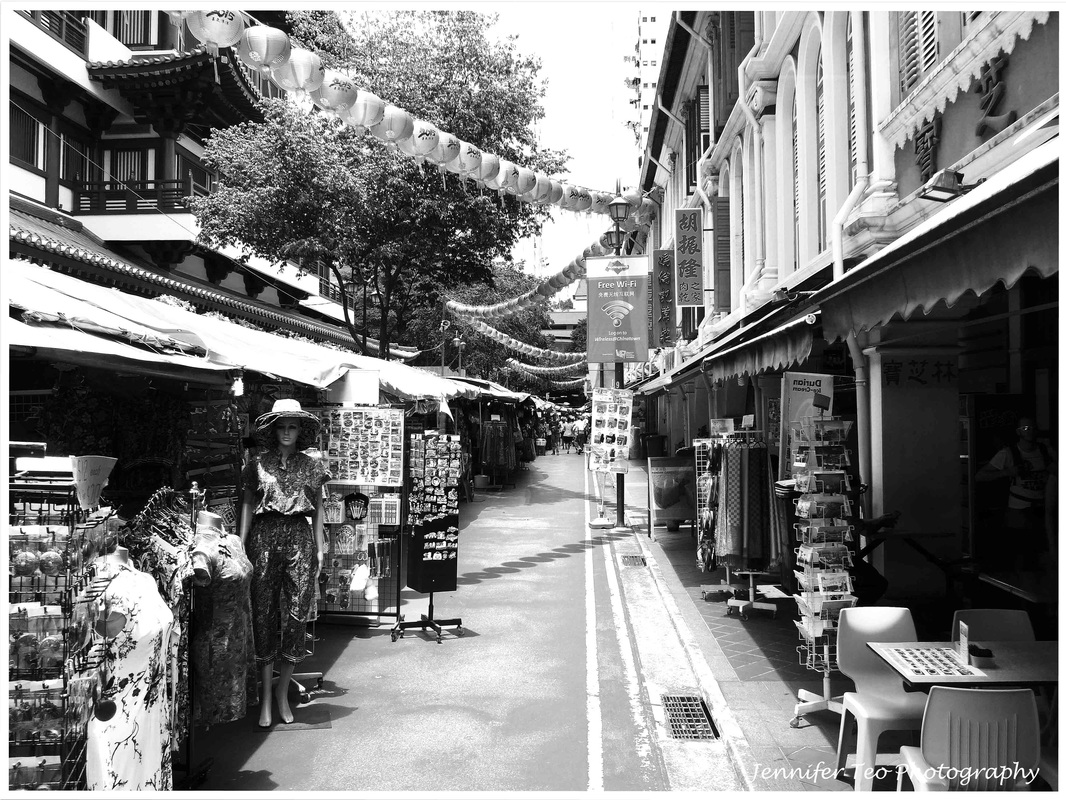

 RSS Feed
RSS Feed






